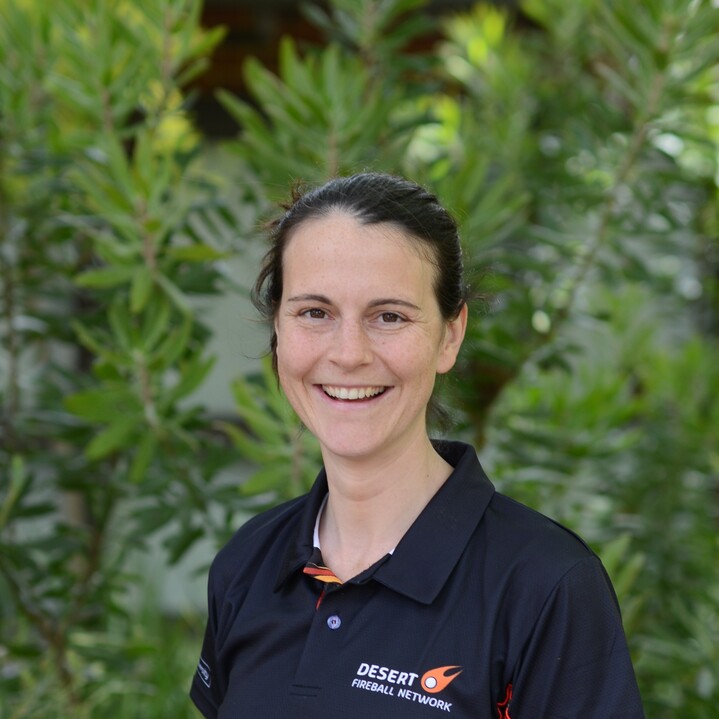
Meteoroid modeling
When the Desert Fireball Network sees a fireball (shooting star brighter than Venus), we want to know as much about the space rock (meteoroid) as we can. Where did it come from? What is it made of? how big is it? Did it survive?
As we see these fireballs from different locations, we can figure out their flight path through the atmosphere, and the orbit of where they came from. After identifying positions along this flight path, we have to use modelling techniques to get a rough idea of how big they are, and what they might be made of. This is important for finding out if the space rock burned up in our atmosphere, or if it might have fallen to the ground. Under the right conditions, this may result in a meteorite falling to Earth! Simple models are sometimes the best starting point - we assume the meteoroid moves in a straight line, losing mass and slowing down as it goes. More complicated models use the 3D world and include gravity and the spinning Earth, to name just the two major forces. These use similar techniques to those used by self driving cars, using observations to inform our predictions.
People
Ellie Sansom
Curtin U.
Hadrien Devillepoix
Curtin U.




